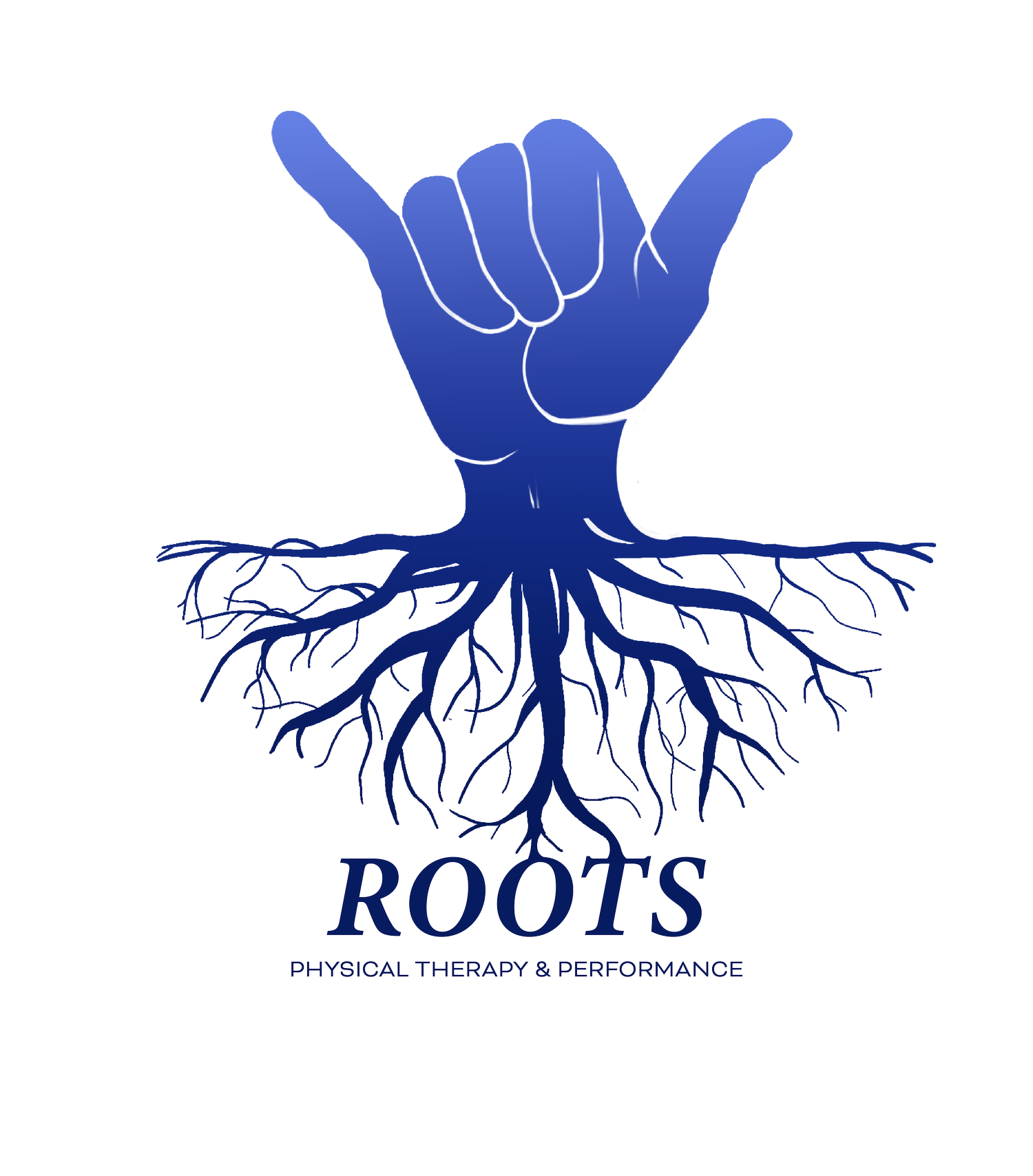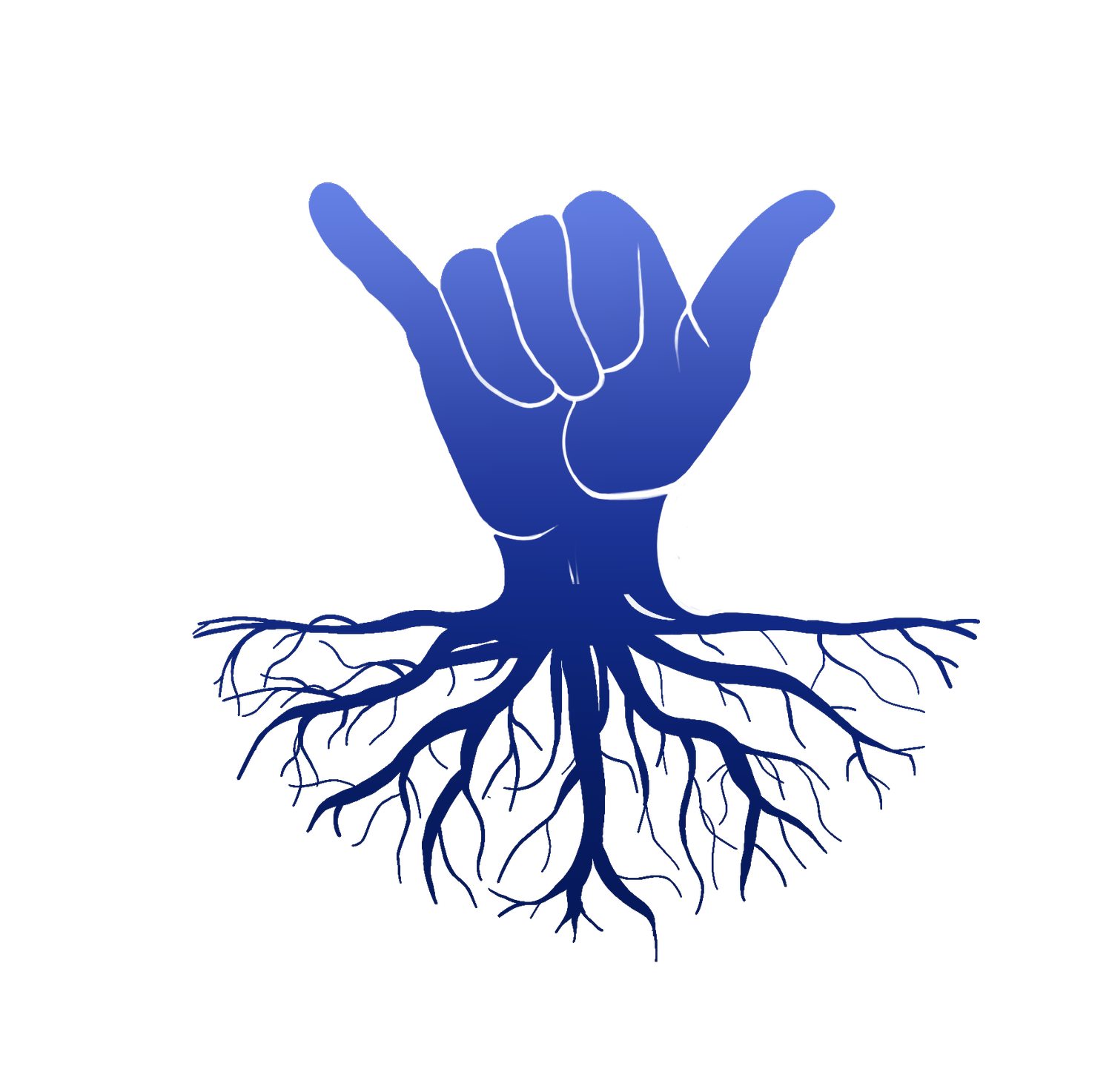Embracing a Whole Body Approach for Effective Musculoskeletal Pain Management: Insights from Recent Research
Musculoskeletal pain, affecting muscles, bones, and joints, is a prevalent issue that can significantly impact quality of life. Traditional treatment methods often focus on the site of pain, but recent research underscores the importance of a whole body approach for more effective management. This article examines how this holistic strategy leads to enhanced patient outcomes.
Understanding the Whole Body Approach:
A whole body approach to musculoskeletal pain involves examining and treating the interconnected systems of the body rather than just focusing on the area of discomfort. This method considers factors like posture, movement patterns, lifestyle, and even psychological aspects that can contribute to pain.
Benefits Backed by Research:
Comprehensive Pain Management: A study in the Journal of Pain Research (2021) highlighted that a holistic approach, which includes assessing lifestyle and psychological factors, leads to more effective pain management. By addressing root causes rather than just symptoms, this method offers long-term relief.
Improved Functional Outcomes: Research in the Clinical Rehabilitation journal (2020) found that treatments considering the entire body's mechanics improved functional outcomes in patients with musculoskeletal disorders. This includes better mobility and a reduced risk of recurring pain.
Enhanced Patient Satisfaction: According to a 2022 study in the Journal of Orthopaedic & Sports Physical Therapy, patients reported higher satisfaction with treatments that employed a whole body approach. This was attributed to the personalized care and the comprehensive understanding of their condition.
Prevention of Future Injuries: A whole body approach can identify and address potential risk factors for future injuries, as reported in the American Journal of Preventive Medicine (2021). This proactive stance helps in reducing the likelihood of recurrent musculoskeletal problems.
Holistic Health Improvements: The International Journal of Physical Medicine & Rehabilitation (2020) noted that a whole body approach contributes to overall health improvements, including better stress management and enhanced quality of life, which are crucial for long-term wellness.
Conclusion:
A whole body approach in diagnosing and treating musculoskeletal pain offers comprehensive benefits that extend beyond immediate pain relief. By considering the interplay of various bodily systems and lifestyle factors, this method ensures a more thorough and effective treatment plan. For individuals seeking a holistic path to pain management and recovery, embracing this approach can be a game-changer.
Seeking a Comprehensive Treatment?
If you're interested in a whole body approach for your musculoskeletal pain, consult with healthcare professionals who specialize in this holistic method to ensure a tailored and effective treatment plan.

